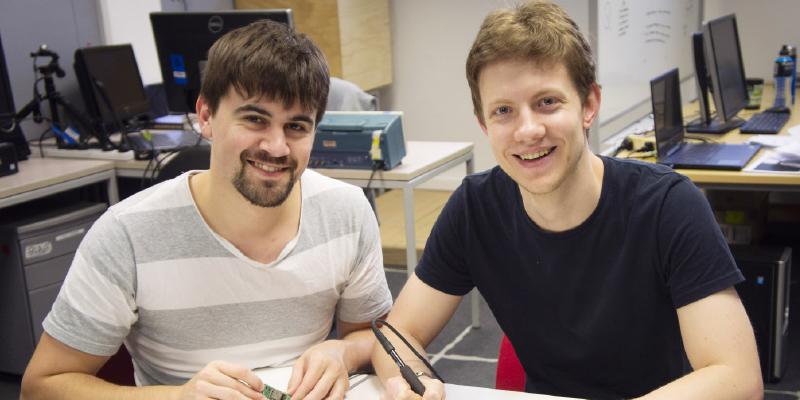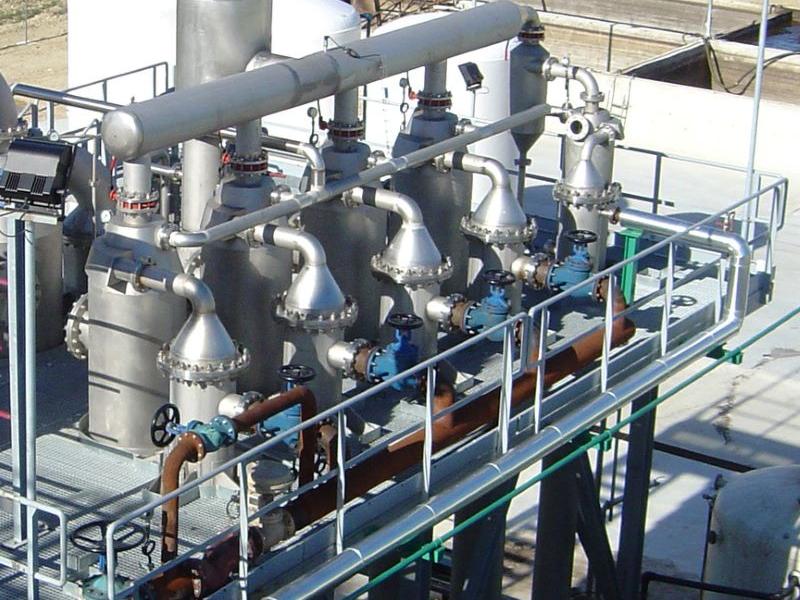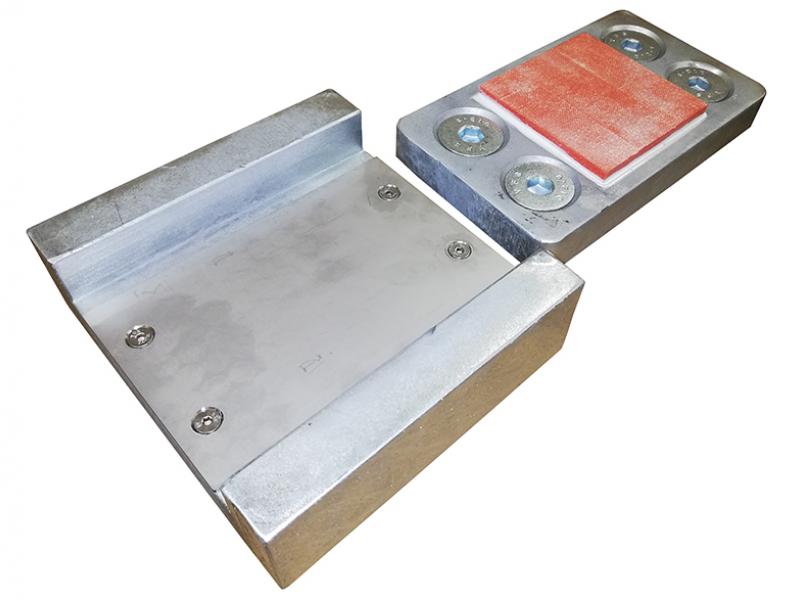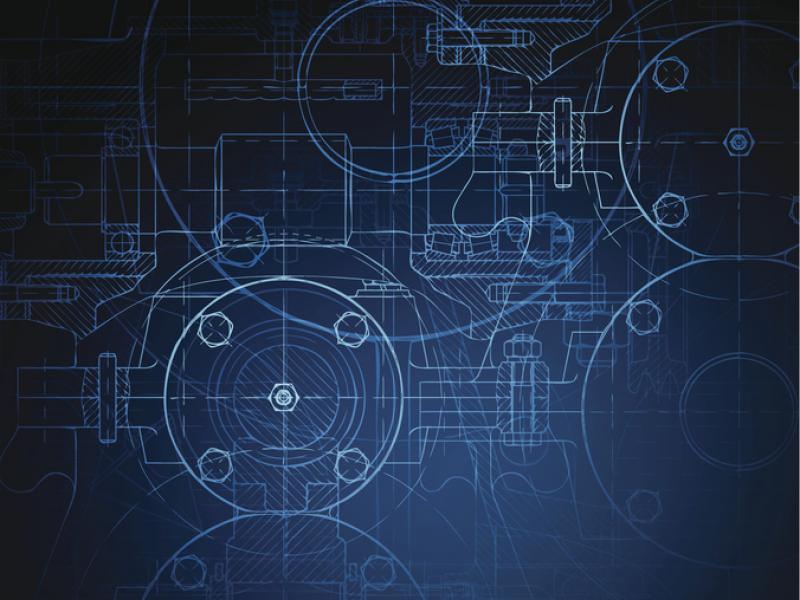Massey University engineering students have teamed up with one of their lecturers to develop a real-time sensor for a damaged seawall in Auckland.
Last August, Auckland Transport had discovered damage to a seawall under the historic Auckland Ferry Building. The major scouring, thought to have been caused by propeller wash from ferries, needed urgent attention. Auckland Transport moved to fix the issue, but they needed to continuously monitor the wall for potential movement while divers undertook repairs. This was necessary for the safety of the divers and people within the ferry building, however they didn’t have the technology themselves. While such a solution could be ordered, it was weeks away.
Senior lecturer in computer engineering Dr Fakhrul Alam was approached by Auckland Transport to see if he could come up with a solution. “We went down to take a look and saw that their method for monitoring involved manual measurements being taken daily,” Dr Alam says. “As these were taken at different times they could be influenced by the tide, time of day, and temperature, ultimately making the information inaccurate and too slow to act on if the wall started to move. They needed real-time, but they didn’t have the technology to implement real-time monitoring on-hand.
“We saw that the sensors needed to potentially exist underwater, which meant waterproofing, and there was no good access for power. Our expertise is mainly in robotics not infrastructure, but I thought that we could give it a go, although we didn’t make any promises,” he says. To help him with the project, Dr Alam enlisted fourth-year Bachelor of Engineering (hons) student Baden Parr and PhD student Daniel Konings to do the work under his supervision. “This required developing a complete end-to-end solution,” Dr Alam says. “Due to the urgent nature of the repairs, a solution was required to be ready for deployment within two weeks. The time pressure meant the team couldn’t source materials from overseas and had to use what they had on hand or could attain locally. “There were a lot of technological problems we needed solutions for – a combination of wireless telecommunication, electronics, signal processing, database and web development, and machine learning.”
Despite the challenges the team was able to produce some sensors which they believed would work. They found that a bucket of salt water simulated the ocean well enough to test and prove the sensors were waterproof before putting them in a deep freeze to simulate the massive temperature ranges the sensors would be exposed to.
“In the beginning we had an issue with huge variances in temperature, but with a lot of machine learning and advanced statistics we were able to take out that variance, and from then on, they worked perfectly.”
The sensors were deployed before the deadline in late November and installed on the seawall, just above the tideline where they were exposed to the elements. A router hanging off a barge was able to provide them with Wi-Fi and 4G connection to send data back to the Massey server. They stayed in place until late April this year.
Parr said the experience was a great opportunity to put theory to practice. “During the course of my undergraduate degree, I’d completed a number of practical projects but never with this kind of real-world scope. I gained valuable experience dealing with the requirements of a project this important.” His workmate for the project, Konings, was similarly happy with the work. “I enjoyed working on advanced machine learning principles during this project and seeing a prototype come together so quickly. This project was very different to existing commercial projects I have been involved in, and it was very satisfying to be able to meet the strict deadlines required, whilst still delivering a quality outcome for the client.”
“This really was an amazing feat of engineering,” says Dr Alam. “Everything was developed from scratch. Not only were the sensors extremely accurate, they are also rugged and robust enough to withstand the harsh conditions. Their ability to send data remotely in real time was of extreme importance to the divers working the wall – they had to be able to leave the water within two minutes of a warning going out.
“Needless to say, AT is suitably impressed, but so was I. This project came late in semester two while the students were under the crunch with exams. The way they managed their time and stepped up to the problems was nothing short of professional. The project was a unique blend of theory and application for the students, and our course sets them up to really thrive in both. They had to use such a broad skill set to tackle each of the issues and they did that fantastically, from machine learning to managing big data. But also dealing with real clients.” v






